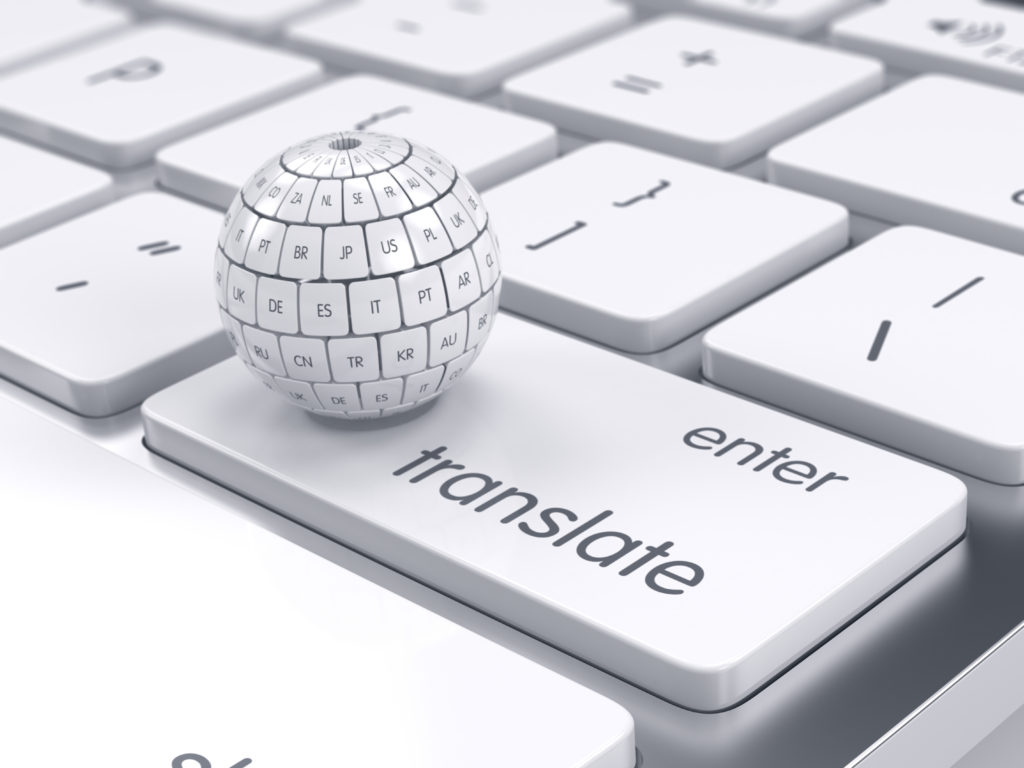
Have you ever thought about how much language affects communication? In this Culture section from the Hiragana Times, our content partnership, we will explore some aspects of Japanese communication.
You will learn why it’s so different from the English one!
Is Language Just A Mere Tool Of Communication?
With the development of AI and device translation, more and more people are wondering if they will ever need to learn a language. Certainly, if it is just used as a device to tell people what they need to do while traveling, etc., we may not have to.
AI(えーあい)や機械翻訳(きかいほんやく)の発達(はったつ)で、言語(げんご)を学習(がくしゅう)する必要(ひつよう)がなくなると思(おも)う人(ひと)が増(ふ)えました。確(たし)かに、旅行(りょこう)などで必要(ひつよう)なことを伝(つた)えるためだけの道具(どうぐ)としてなら、その通(とお)りかもしれません。
However, language is more than just a means of communication.
しかし言語(げんご)は、単(たん)なる伝達(でんたつ)の道具(どうぐ)ではありません。
Sharing Thoughts It’s Like Enjoying Food
People feel the most joy when they are able to share their thoughts and feelings with one another. The same may be said for food, for example. If the purpose of a meal is simply to sustain life, a supplement that contains satisfactory levels of nutrition is all that is needed.
人(ひと)は、お互(たがい)いに心(こころ)が通(かよ)ったとき、思(おも)いを共有(きょうゆう)できたときに最(もっと)も喜(よろこ)びを感(かん)じます。これは例(たと)えば、食事(しょくじ)でも同(おな)じことが言(い)えるでしょう。食事(しょくじ)の目的(もくてき)が単(たん)に生命維持(せいめいいじ)なら、栄養(えいよう)を満(み)たすサプリメントがあれば事足(ことた)ります。
However, nutrition is not the only thing that people look for in a meal. In addition to smell, texture, and satiety, there is also the pleasure of cooking, choosing a menu, and eating with others.
しかし、人(ひと)が食事(しょくじ)に求(もと)めるのは栄養(えいよう)だけではありません。匂(にお)いや食感(しょっかん)、満腹感(まんぷくかん)に加(くわ)え、料理(りょうり)をする、メニューを選(えら)ぶ、人(ひと)と食(た)べる楽(たの)しさもあります。

What's the Main Difference Between English and Japanese Communication?
When conveying subtle emotions, speakers of English are said to use tone of voice, facial expressions, and gestures to express themselves.
微妙(びみょう)な感情(かんじょう)を伝(つた)えるとき、英語話者(えいごわしゃ)は声(こえ)のトーンや表情(ひょうしょう)、ジェスチャーを使(つか)って表現(ひょうげん)すると言(い)われます。
Japanese people, on the other hand, are known to have few facial expressions and gestures when they speak, and non-Japanese often point out that it is difficult for them to know their emotions such as joy, anger, sorrow, and pleasure.
一方(いっぽう)で日本人(にほんじん)は、話(はな)すときに表情(ひょうじょう)や仕草(しぐさ)が少(すく)なく、日本人(にほんじん)の喜怒哀楽(きどあいらく)が伝(つた)わりにくいと、外国人(がいこくじん)からよく指摘(してき)されます。
However, the Japanese language is so rich in vocabulary, one may convey emotions in the absence of facial expressions.
しかし、日本語(にほんご)には、表情(ひょうじょう)で示(しめ)さなくとも感情(かんじょう)を伝(つた)えられる豊富(ほうふ)な語彙(ごい)があります。
Japanese is a Language for Deepening Heart-to-heart Communication
With the Covid-19 pandemic, Japanese people wear masks as a matter of course, whenever they go out in public.
It is said that this is due to a sense of compassion for others. However, there is also a view that it is possible to communicate emotions behind a mask without having to interpret facial expressions.
コロナ禍(ころなか)では日本人(にほんじん)は外出(がいしゅつ)の際(さい)には当然(とうぜん)のようにマスクをします。
これは、他人(たにん)への思(おも)いやりの気持(きもち)が影響(えいきょう)していると言(い)われますがマスクで表情(ひょうじょう)が読(よ)めなくても心(こころ)のコミュニケーションがとれるからという見方(みかた)もあります。
Thank you for reading!


